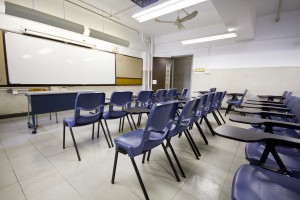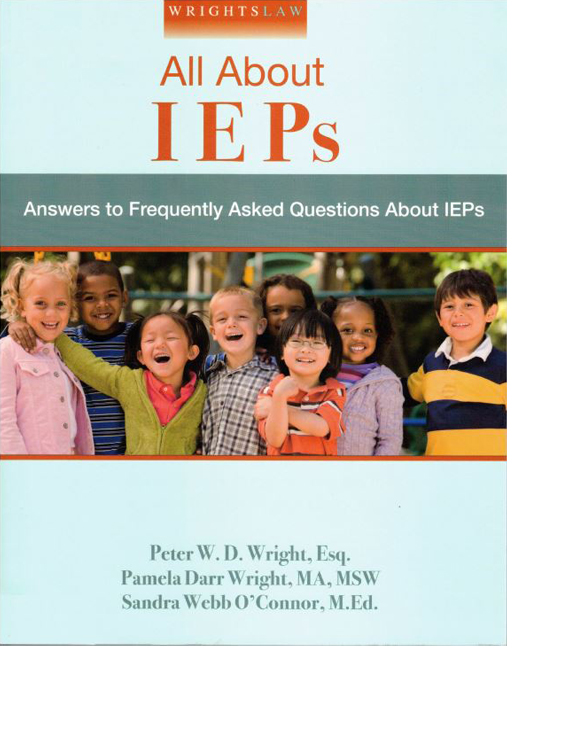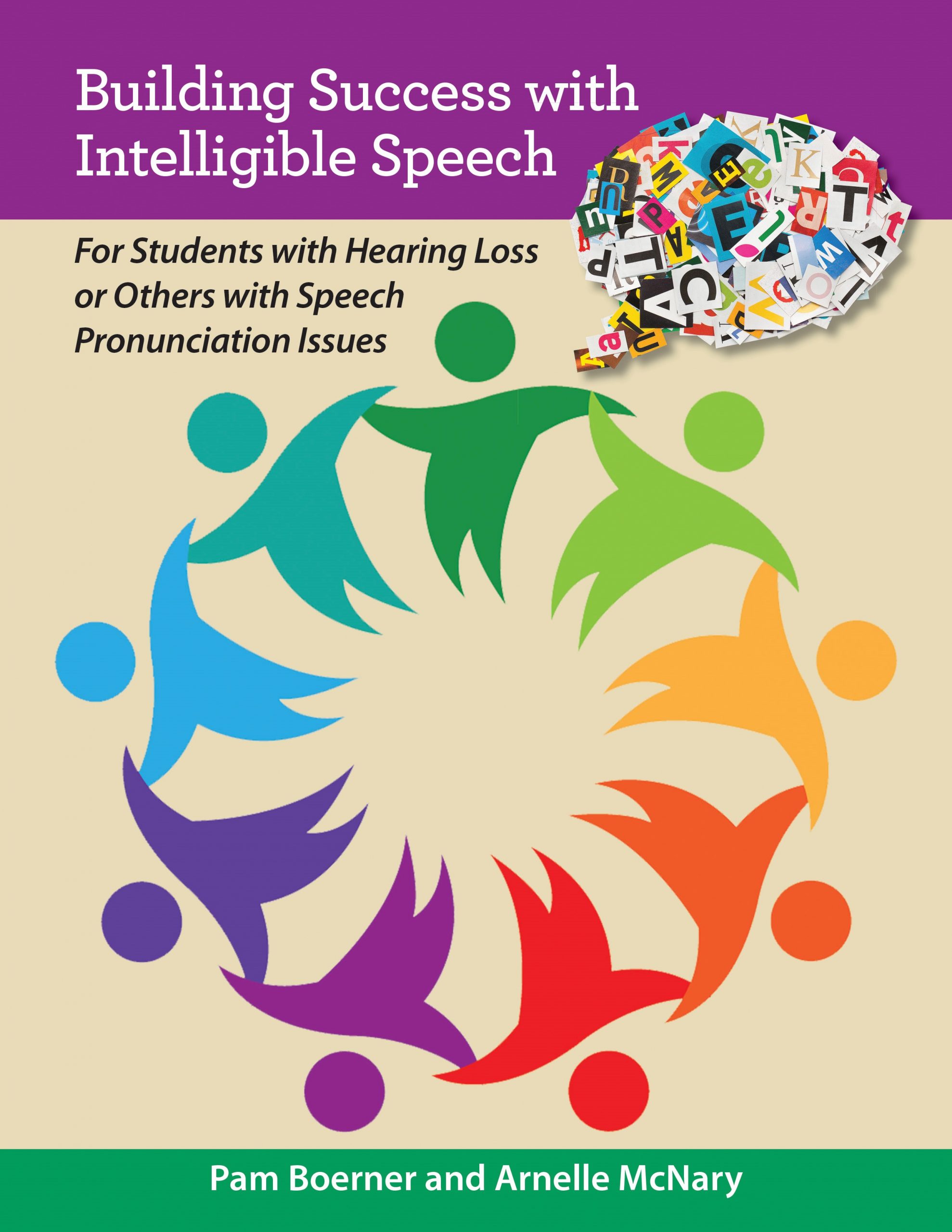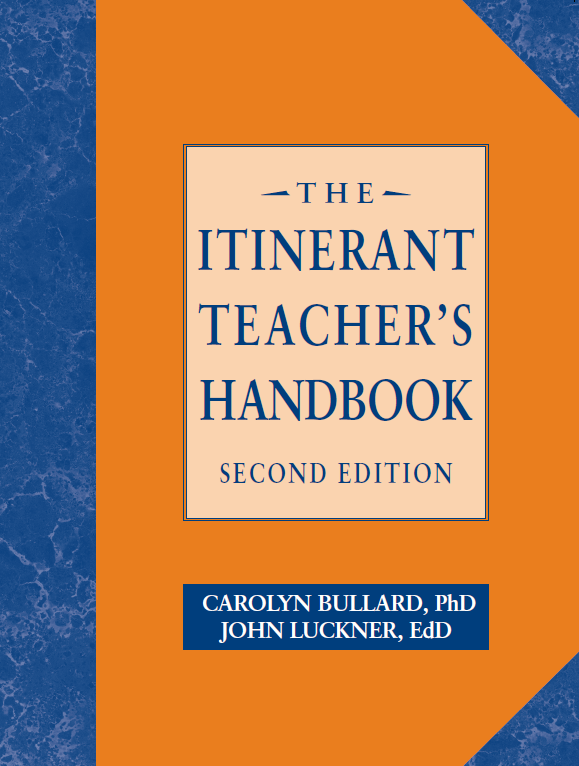Related Products
For Professionals
- Amplification
- Assessment of Student Skills, Challenges, Needs
- Early Childhood: Infants, Toddlers, Preschool
- Hearing Loss – Identification, Impact and Next Steps
- IDEA Law Summary Information
- Language and Speech Development Issues
- Legal Issues in Serving Children with Hearing Loss
- Listening (Auditory Skills) Development
- Planning to Meet Student Needs
- Self-Advocacy Skills for Students with Hearing Loss
- Self-Concept: How the Child with Hearing Loss Sees Himself
- Social Skills
- Speech Perception & Learning
Related Teacher Tools Takeout Items
Accommodations for Students with Hearing Loss
Adapting the school environment to support the learner with hearing loss

Listening and learning in the classroom can be very challenging for students with hearing loss.
- Children with Hearing Loss – Helpful Adaptations in the School Environment provides an overview of classroom accommodations and expectations that the school team can address to meet these needs. You may want to share this
handout on the classroom listening environment with the child’s teacher/school team. - As another resource you can consider the
accommodations tailored to the LIFE-R listening challenges.
LIFE-R - Accommodations during high stakes testing is also needed for many students with hearing loss. See the
Assessment & Accommodations article for extensive information. - Million Dollar Settlement Highlights Need to Accommodate Students with Hearing Loss
- Captioning required for any video from TV to be captioned, including video clips from TV per the
FCC. Teachers with SmartBoards can turn on the CC/subtitle function on their computer so that captions will be projected. Rather than using poorly captioned YouTube videos teachers should be strongly encouraged to use materials from the
Described and Captioned Media Program. There are thousands of titles; many can be streamed or a DVD can be requested. There is even an Accessible Television Portal for more content. - CID QUICK TIP –
Using Assistive Hearing Devices - CID QUICK TIP –
Preferential Seating for Students who are Deaf or Hard of Hearing
Accommodations for Test Taking

My daughter
took the PSAT one year without accommodations, and then the following year with accommodations. Only a 1% difference in math and reading scores, but 16% change in language section with the additional time and one year more academic growth.
Mom of a successful high schooler with hearing loss.
High stakes tests for higher education entry have their own set of guidelines:
SAT –
http://sat.collegeboard.com/register/for-students-with-disabilities
AP –
http://www.ets.org/disabilities
Sample Statement Justifying Extra Time for Test Taking:
Many students with hearing loss will need extra time to complete examinations. Hearing loss effects an individual’s ability to process information, including written information, at the same speed as peers without hearing loss. This is unrelated to the individual’s cognitive ability. Slower processing of information will occur even if the student is ‘trying his best’ and impacts the effort required, and fatigue resulting from, test-taking. It will often take a student with hearing loss longer to read the text and take longer for them to pull the information from memory. Extra time typically varies from 25-50% more time allowed. More time may be needed if there is sufficient evidence of necessity.
The amount of extra time requested for test-taking should not be based on guesswork or supposition. It needs to be based on evidence of the individual’s known optimal performance based on data from mock examinations. For example, a student may be able to access test information more efficiently (similar to hearing students) when the test items are read to them, rather than when they are required to read the items. This may also be true for students who are fluent in sign language or other forms of visual communication
. There may be some examinations which have, as a goal, the determination of how well a student is able to perform within a set time period. While this is valuable for comparison of the student’s ability to work within time constraints as compared to typically hearing peers, it is not a representation of their actual ability to complete items when appropriately accommodated for test-taking limitations secondary to hearing loss.
Exam Accommodations
Typical suggestions for assessment accommodations are:
a. Writing tests/exams in a quiet room.
b. Provision of more time for the writing of exams.
c. Requesting a live voice (reader) instead of a digitally or computer generated voice or CD-rom/MP3 format.
Live Voice Reader: It is critical that students with hearing loss NOT be assessed using recorded speech (CD, MP3, etc). The rationale behind this accommodation is that students with hearing loss:
a. Use speech reading to support what they hear.
b. Use intonation/inflections of speech to enhance speech understanding.
c. Require a slower rate of speech which cannot be adjusted on CD.
d. may require repetition to ensure equal access.
Listening Effort and Recorded Speech
The listening effort required of students who are hard of hearing is
substantially greater than their peers often resulting in reduced retention, fatigue and attention challenges. When hard of hearing students have to listen to recorded speech they are at an even greater disadvantage because they lose visual cues, vocal intonation/inflection as well as opportunities for repetition. Additionally, the way speech is recorded is not optimal for students listening with hearing loss. All of these factors create gaps that need to be “filled in” by the hard of hearing student which in turn increases the required listening effort relative to their peers. In addition, they need to achieve this through a damaged cochlea. Sound exhausting? It is and your hard of hearing student has to do this while still engaging in the retrieval of information, the processing of complex questioning as well as the stress of test-taking. Listening with a hearing loss while simultaneously listening to recorded speech would present
significant challenges to young learners.
Source of Exam Accommodations and paragraph on listening effort is credited to Krista Yuskow.
Accommodations for Students with Hearing Loss
This information is provided as a list of accommodations and classroom modifications for the IEP or 504 Plan team to consider as they discuss what is needed to provide maximal access to the general curriculum and meet the learning needs of the student with hearing loss.
This is not an exhaustive list. Students will vary in terms which of these items are necessary and appropriate to support school progress commensurate with the student’s abilities. Educational settings vary in the extent to which they provide accommodations and modifications to students with hearing loss.
It is important for the IEP or 504 planning team to include a professional with expertise in the educational needs of students with hearing loss so that the unique access and learning needs of the student with hearing loss are understood and can be appropriately accommodated. Printable handout of this information
Accommodations to Consider to Address the Access and Learning Needs of Students with Hearing Loss
Amplification Options:
___Personal hearing device (hearing aid, cochlear implant, tactile device)

___Personal FM system (hearing aid + FM)
___FM system/auditory trainer (without personal hearing aid)
___Walkman-style FM system
___Sound-field FM system
Assistive Devices:
___TDD
___TV captioned
Communication Accommodations:
___Specialized seating arrangements
___Obtain student’s attention prior to speaking
___Reduce auditory distractions (background noise)
___Enhance speech reading conditions (avoid hands in front of face, mustaches well-trimmed, no gum chewing)
___Present information in simple structured, sequential manner
___Clearly enunciate speech
___Allow extra time for processing information
___Repeat or rephrase information when necessary
___Frequently check for understanding
Physical Environment Accommodations:
___Noise reduction (carpet & other sound absorption materials)
___Specialized lighting
___Room design modifications
___Flashing fire alarm
Instructional Accommodations:
___Noise reduction (carpet & other sound absorption materials)

___Use of visual supplements (projected materials, whiteboard, charts, vocabulary lists, lecture outlines)
___Captioning or scripts for announcements, television, videos, or movies
___ Speech-to-text translation captioning (i.e., computer on desk)
___Educational interpreter (ASL, signed English, cued speech, oral)
___Buddy system for notes, extra explanations/directions
___Check for understanding of information
___Down time / break from listening
___Extra time to complete assignments
___Step-by-step directions
___Note taker
Curricular Modifications:
___Modify reading assignments (shorten length, adapt or eliminate phonics assignments)
___Modify written assignments (shorten length, adjust evaluation criteria)
___Provide supplemental materials to reinforce concepts
___Provide extra practice
___Alternative curriculum
Evaluation Modifications:
___Reduce quantity of tests or test items
___Use alternative tests
___Provide reading assistance with tests
___Allow extra time
Other Considerations:
___Supplemental instruction (speech, language, pragmatic skills, auditory, speech reading
skills)
___Sign language instruction
___Transition / Vocational services
___Family support
___Deaf/Hard of Hearing role models
___Recreational/Social opportunities
___Financial assistance
___Monitor progress periodically by a specialist in Deaf/Hard of Hearing
Reference:
Source: Johnson, Benson, & Seaton. (1997).Educational Audiology Handbook. Appendix 11-A, p.448. Singular publishing Group, Inc.
Minor adaptations by Karen L. Anderson, PhD
Posted August, 2012






